Even the most tolerant of plants are susceptible to some mood swings. The ZZ plant or Zamioculcas zamiifolia is no exception.
Although described by the University of Illinois as a plant that is meant to thrive in any home, drooping leaves can also be an issue with ZZ plants.
If yours looks as though it’s dropping or bending over, you’ve come to the right place.
It can be a concern when it looks as though one of your beloved houseplants is unhappy.
But with the right diagnosis, treatment, and care, you’ll soon bring your ZZ plant to full (and upright) health!
Table of Contents
Why is my ZZ Plant Drooping?
Drooping stems on a ZZ plant could be caused by physical damage, incorrect watering, or too much sunlight. Overuse of fertilizer could be the culprit and believe it or not, plants suffer from stress too.
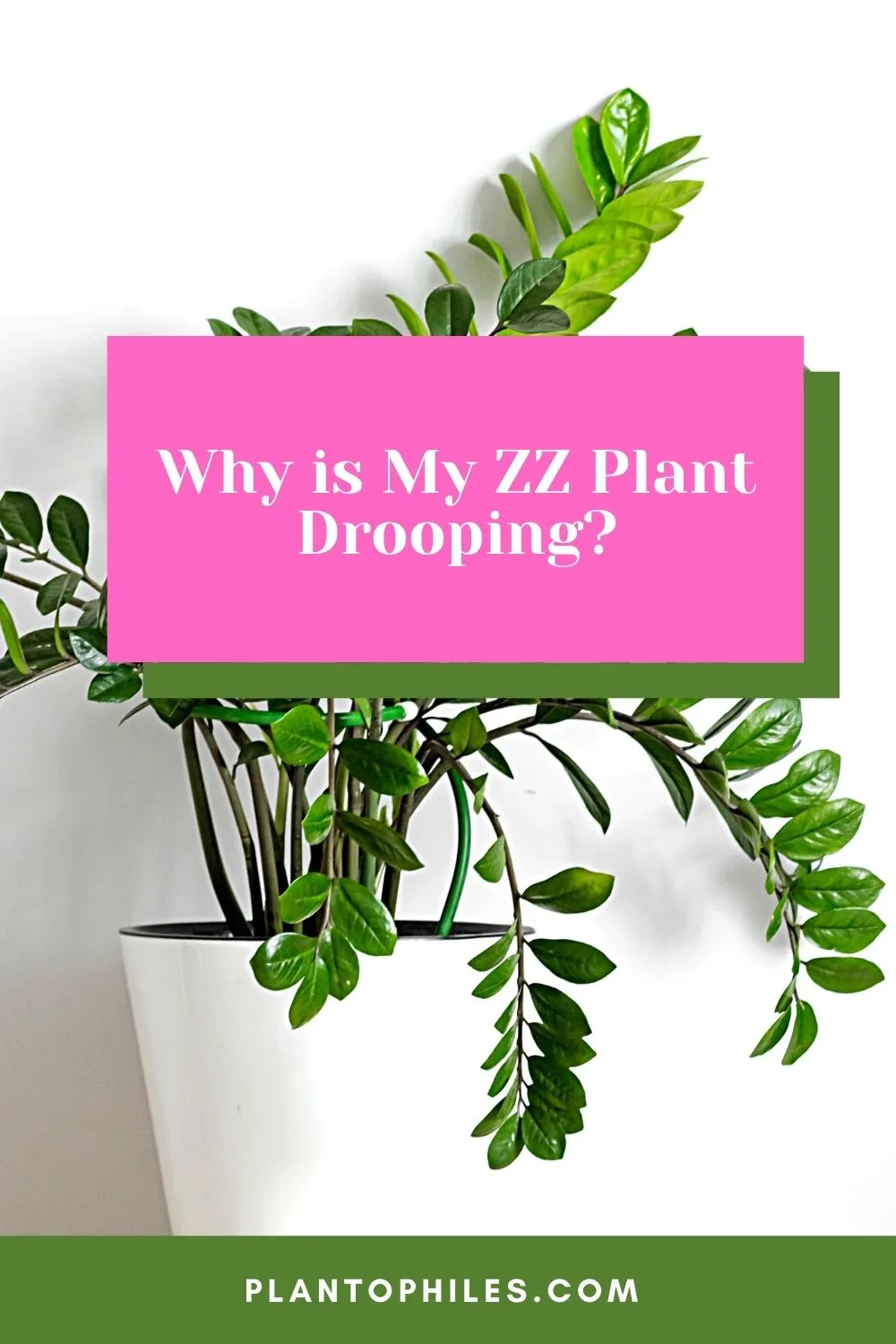
Why is my ZZ Plant Drooping?
6 Potential Causes of a Drooping ZZ Plant
Finding out the reason why your ZZ plant is drooping will take some trial and error.
There are several potential causes.
1. Incorrect Lighting
The lighting conditions should always be the first thing you check for when your plant isn’t happy.
The ZZ plant is well known for being able to handle low light but this doesn’t mean that it enjoys no light.
If you’ve placed your plant in a really dark area of your house and you’ve noticed that it’s starting to droop, it might be a good idea to reconsider the placement.
The ideal lighting for the ZZ plant is moderate to low.
Too much light could also cause drooping. Direct sunlight burns the leaves, causing them to drop off and the stems to droop.
Finding that sweet spot is crucial for this plant to survive.
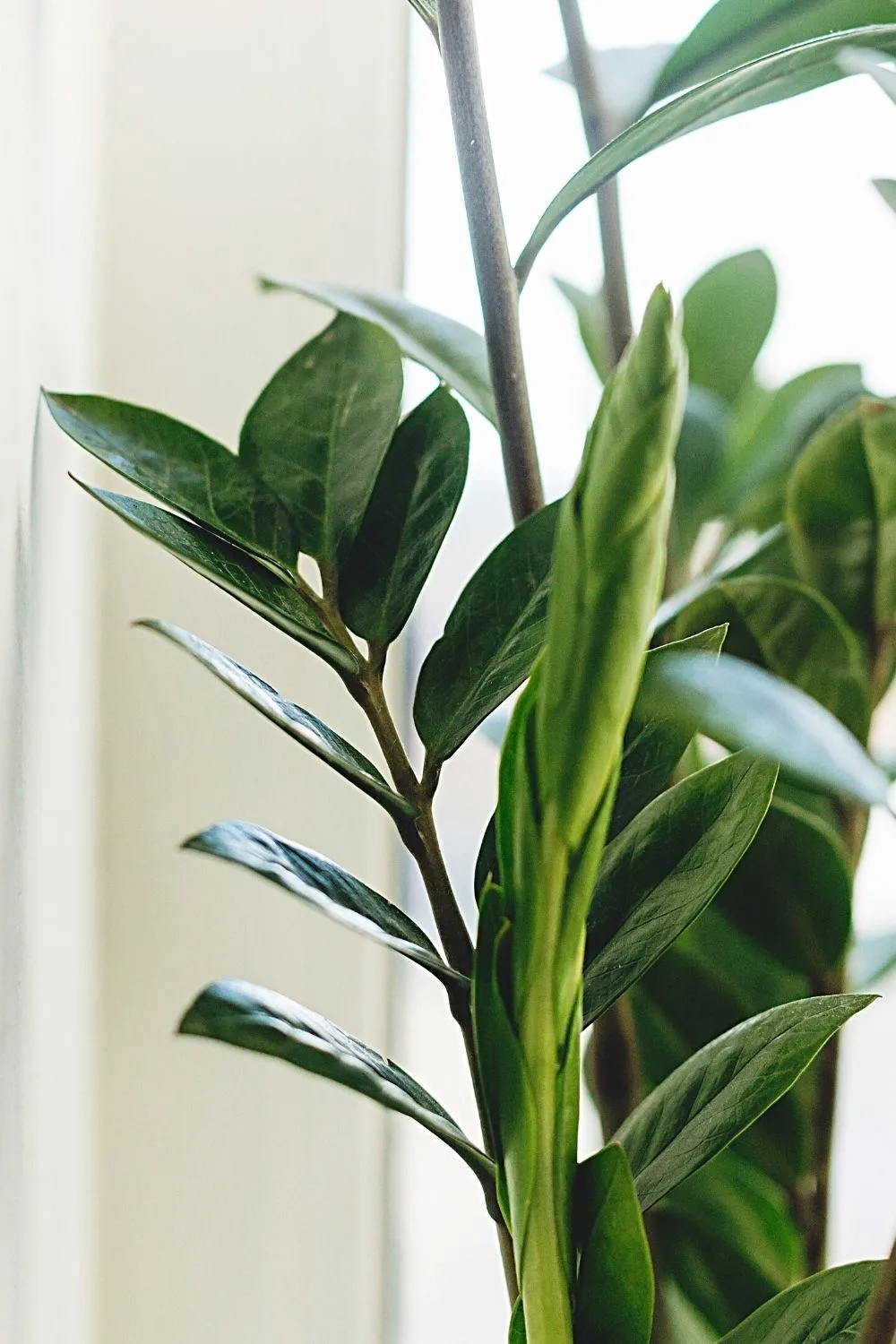
ZZ plants are sensitive to the light they’re receving – too much or too little of it can cause leaves to droop
2. Underwatering
Under the surface of the soil, ZZ plants have rhizomes which are fleshy structures that are designed to hold water.
They’ll release water as and when the plant needs it and this is how it is able to survive without being watered for weeks on end.
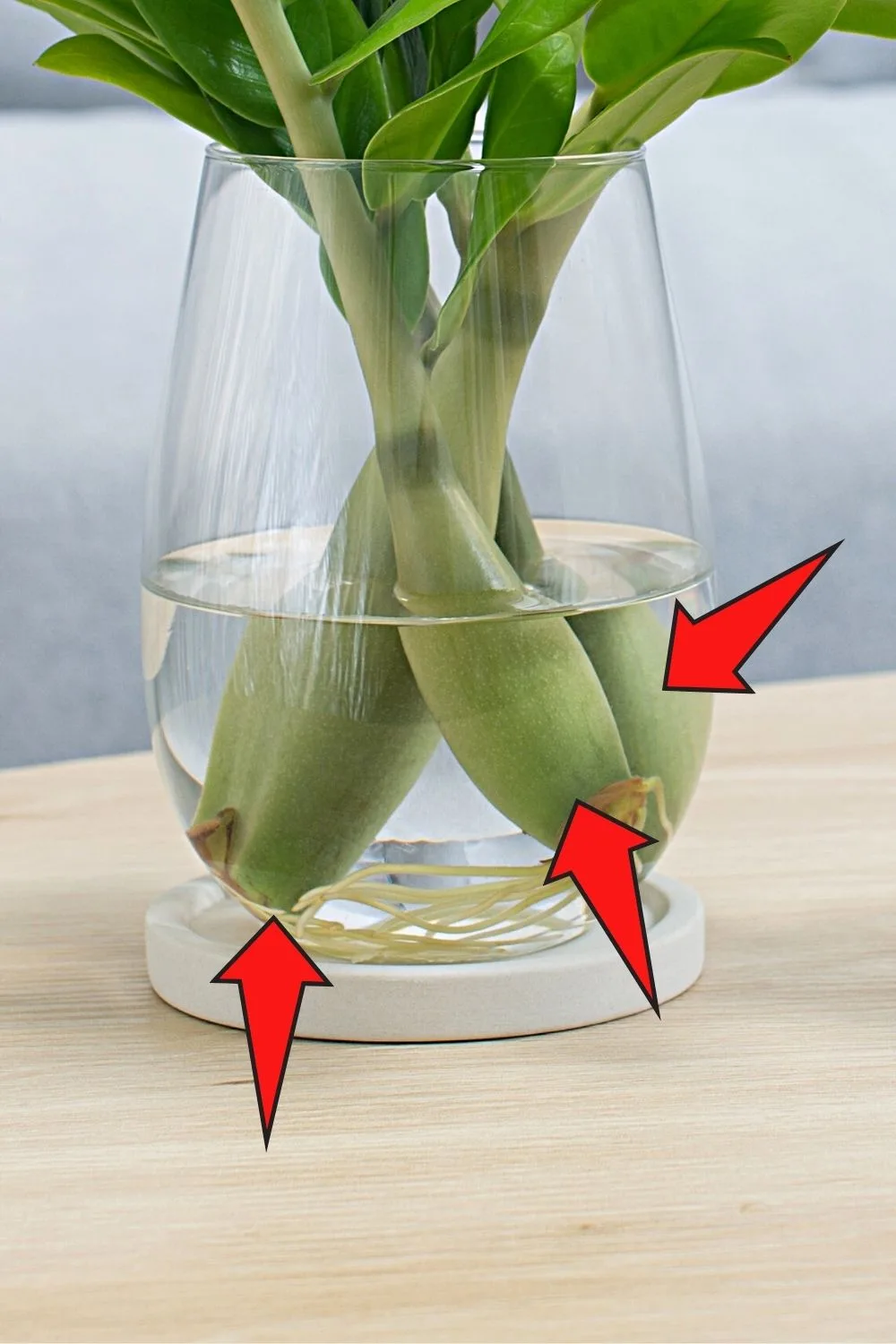
Though ZZ plants have rhizomes to store up water, it is not good to underwater them
However, it doesn’t necessarily equate that the rhizomes will do the work for you.
They need to get their water supply from somewhere and if you’re not watering your plant, the stems will start to droop.
3. Overwatering
Overwatering your plant can lead to root rot.
This is where the roots become soft and mushy, unable to take nutrients to the plant stems and leaves.
Without the correct nutrients, the plant won’t be able to grow as it should and it won’t have the strength to hold up the stems, causing them to bend and droop.
4. Too Much Fertilizer
You don’t need to fertilize ZZ plants often. But if you want to encourage plant growth, feeding your plant every couple of months is a good idea.
However, if you overfeed the plant, it might not be able to get all the nutrients it needs from the soil because the fertilizer has taken over.
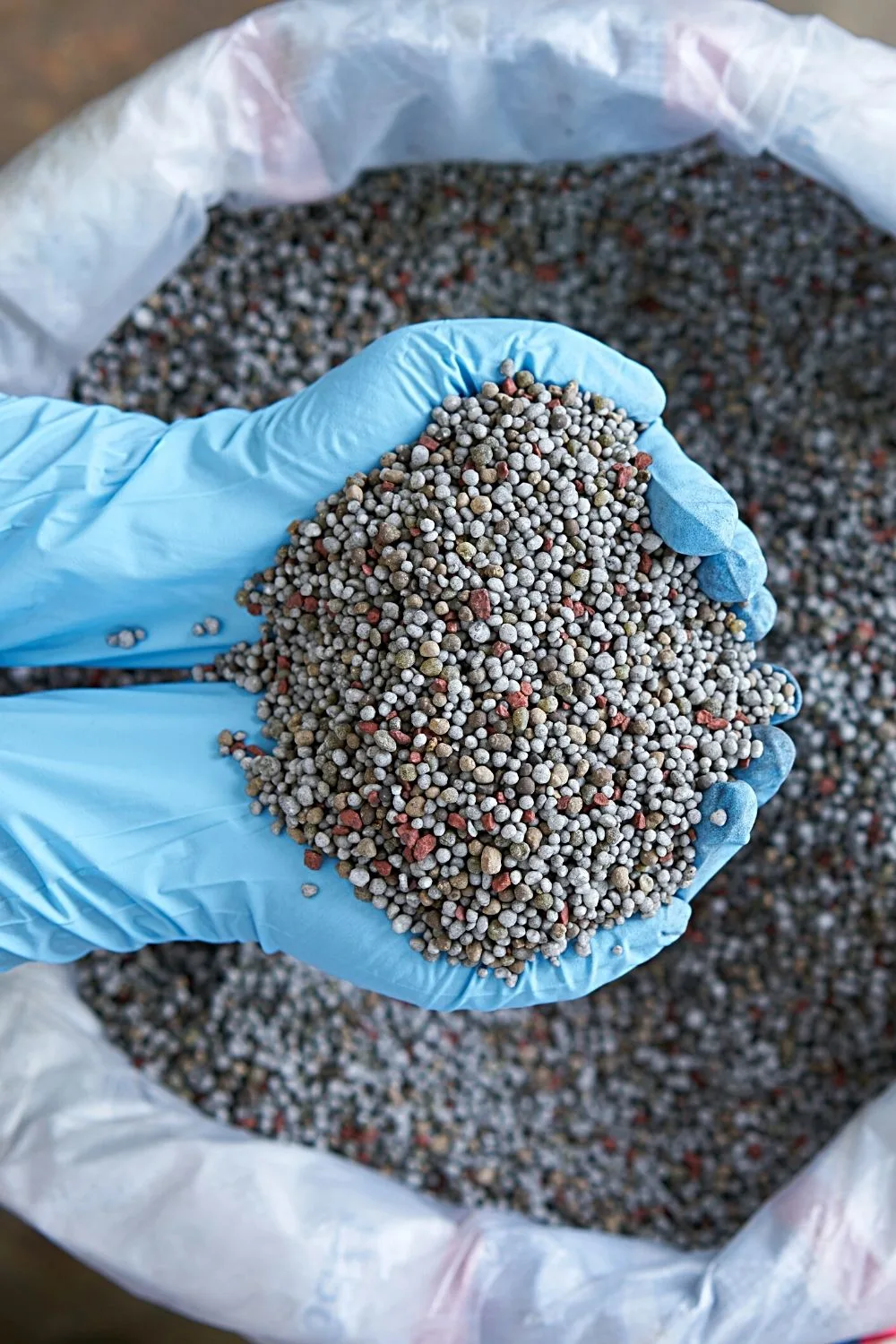
Too much fertilizer on your ZZ plant can cause its leaves to droop
It’s best you do your research and choose the appropriate fertilizer.
One that’s too strong for this particular plant can also cause problems.
5. Physical Damage
Have you accidentally ever knocked a plant off a surface? Or maybe an overexcited child has thrown something and knocked a few leaves off your favorite houseplant?
These things will obviously cause physical damage to a plant.
It doesn’t necessarily mean that the end is near for the plant but you will need to keep a close eye on it for a few days.
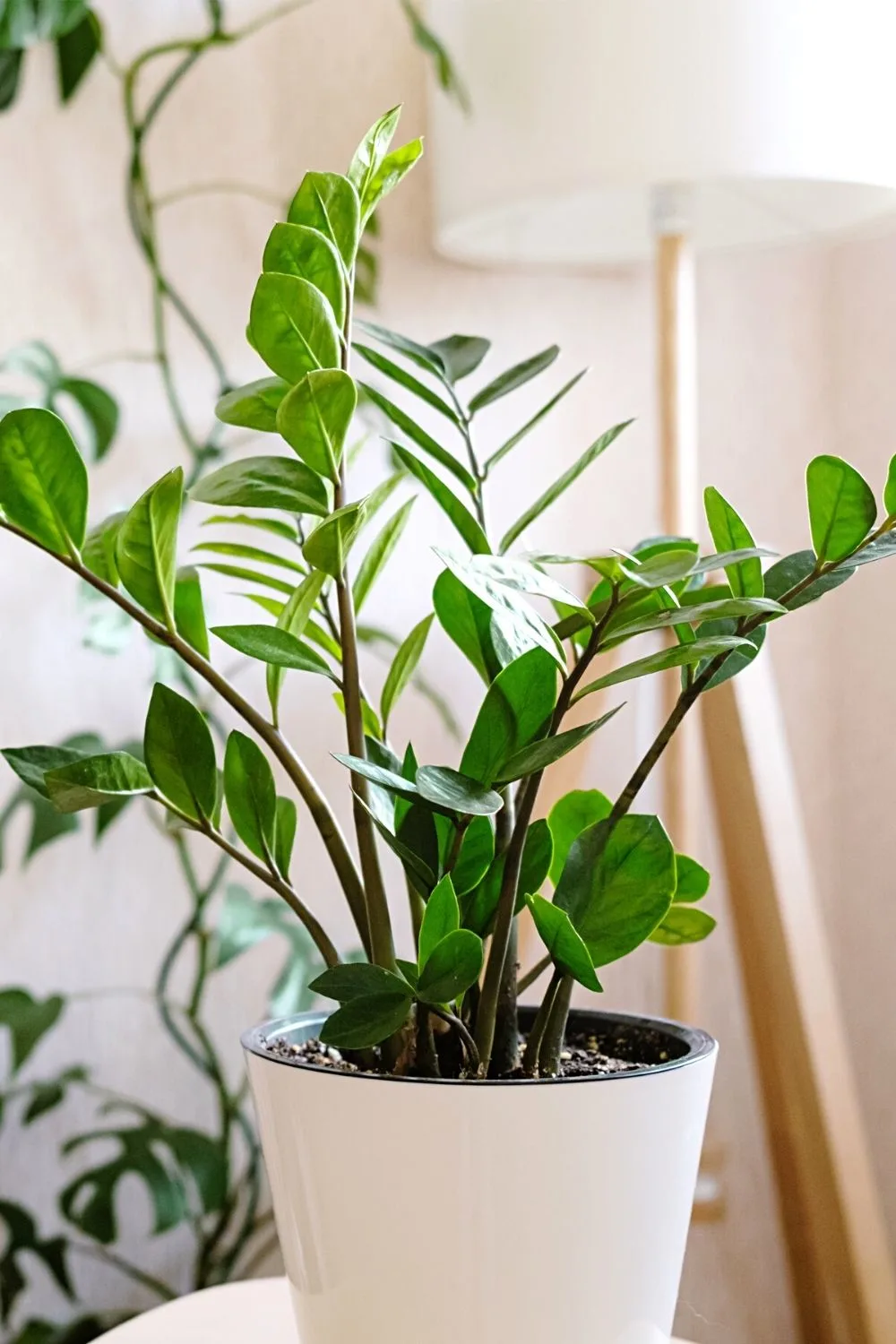
Any physical damage to your ZZ plant can cause its leaves to droop, especially if it’s the roots that are badly damaged
If a stem has become damaged, it’s unlikely that it will recover. Cut the damaged stem off by using a cleaned pair of scissors.
This will encourage the rest of the plant to continue growing and it won’t waste energy on a stem that died.
6. Stress
It can seem silly, to think that plants experience stress but they do. It can be caused by a number of things but one of the causes is repotting of your ZZ plant.
When you repot any plant, it’s important that you try and minimize the stress to the plant.
It’s ideal to repot your ZZ plant during the spring or early summer, the warmer temperatures won’t cause shock to the plant.
The size of the pot is important as well, only choose one that is 1-2 inches bigger than the pot it’s in.
Humans get stressed when they move house so try and be empathetic towards your plant.
Another cause of stress is removing too much of the plant at once.
If you’re dividing the ZZ plant or removing dead or damaged stems and leaves, it’s important to only remove about a third of the plant at a time. Any more than this will shock the plant.
If you think that your ZZ plant is suffering from stress, make sure that you leave it to recover.
Continue to meet the requirements, such as the right lighting and correct amount of watering, and just let it be. Chances are that it’ll spring back to life within weeks.
Make Your ZZ Plant Grow Straight With this Process
A droopy plant isn’t aesthetically pleasing. No one wants to look at a plant that appears on its last legs.
If you want a ZZ plant that grows straight, there’s a really simple way to do this.
Even though your plant is probably in a dim corner, it will still grow towards any light it gets.
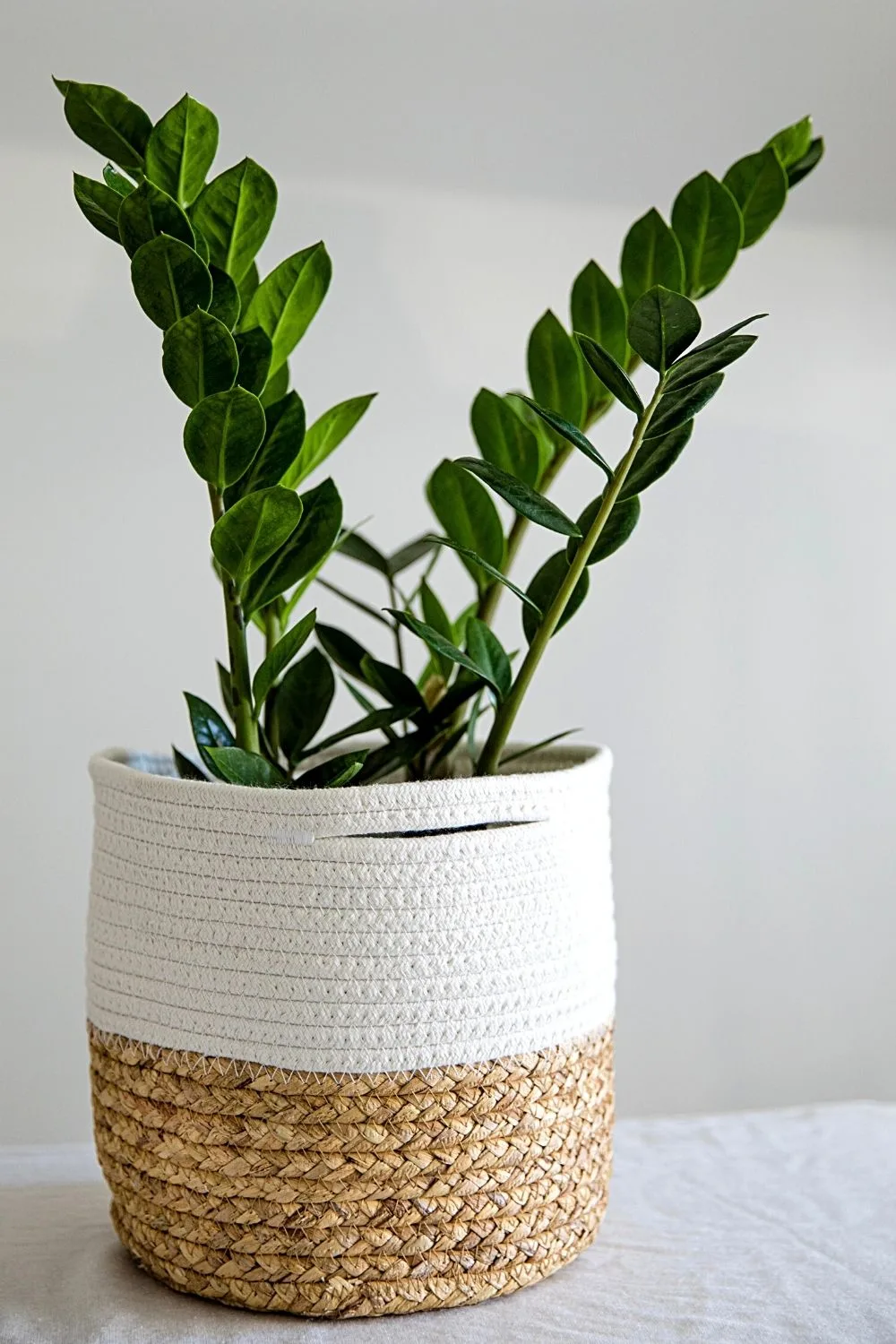
ZZ plants grow toward the light if you place it in a dim corner, hence, it’s best to rotate its pot
Rotate the pot about a quarter turn every few weeks to encourage equal growth among all the stems.
Do ZZ Plants Require Support Poles — The Answer
As long as you’re looking after your ZZ plant correctly, making sure that it has the right light and water conditions, it’s not too warm or cold and it hasn’t suffered any physical damage or stress, the stems on your plant should be lovely and strong.
A support pole may be needed if you are trying to bring your plant back to full health and you want something for the droopy stems to grow against as they recover but this isn’t necessary.
Leaves are Important, Too…
It’s not just the stems that can droop. Before this happens, it’s likely that the leaves will have shown signs of neglect too.
The ZZ plant’s leaves are unmistakable. Depending on the type of plant you have, they’re usually bright green and glossy.
The leaves also look as though they’re growing upwards so they’ll always be pointing towards the sky.
The leaves can lose their shine and point downwards, or even turn yellow if the plant isn’t happy. This is an early warning sign that you’ll need to watch over it more closely.
Conclusion About Why is My ZZ Plant Drooping
Regardless of its reputation, the ZZ plant still requires some love and care.
Drooping is a sure sign that something is wrong and you need to figure out what the problem is quick.
It’s usually salvageable though and you’ll feel proud as you see the plant spring back to life.

Daniel has been a plant enthusiast for over 20 years. He owns hundreds of houseplants and prepares for the chili growing seasons yearly with great anticipation. His favorite plants are plant species in the Araceae family, such as Monstera, Philodendron, and Anthurium. He also loves gardening and is growing hot peppers, tomatoes, and many more vegetables.


